How did high-heeled shoes appear and what does it have to do with horsemen from Ancient Persia
By Pictolic https://pictolic.com/article/how-did-high-heeled-shoes-appear-and-what-does-it-have-to-do-with-horsemen-from-ancient-persia.htmlToday, high-heeled shoes are worn for beauty and as a tribute to modern fashion. But such an approach would have seemed strange to Persian mounted warriors who lived a thousand years ago. And Louis XIV would have been furious, because only he could wear red heels. But how did people come up with the idea of making shoes on an unstable stand, and why did this fashion turn out to be so tenacious?
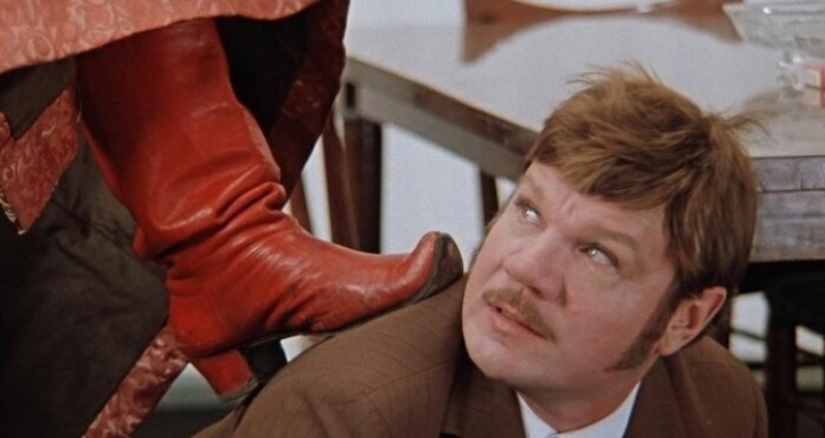
The history of heels goes back many centuries. But once they had quite serious practical significance. Scientists believe that the first heels appeared when people lived in tribes and engaged in hunting, gathering and primitive agriculture. Wooden shoes with heels helped to lift your feet higher and ignore the dirt in the field or swampy areas in the forest.
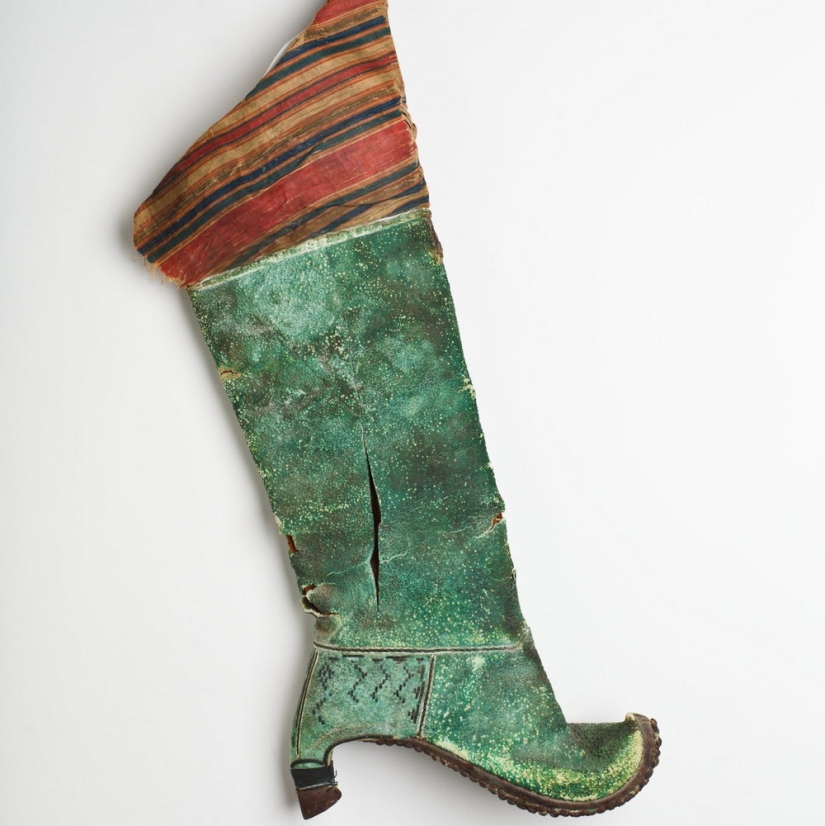
But in ancient Persia, heels became the prerogative of warriors. The Persians hooked this part of the shoe on the stirrups, which allowed them to sit firmly in the saddle. However, the heels of the riders were small and did not interfere with them when walking. Since about the 10th century AD, the warriors of the Middle East and Central Asia have been using heels everywhere. But it did not even occur to women. In Russia, boots with this detail appeared together with the Mongol-Tatars and took root well.
In the Middle Ages, the fashion for shoes raised above the ground came to Europe. They didn't do much with heels — they just made shoes and sandals on a wooden platform. For cities where streets replaced gutters, it was a very useful invention.
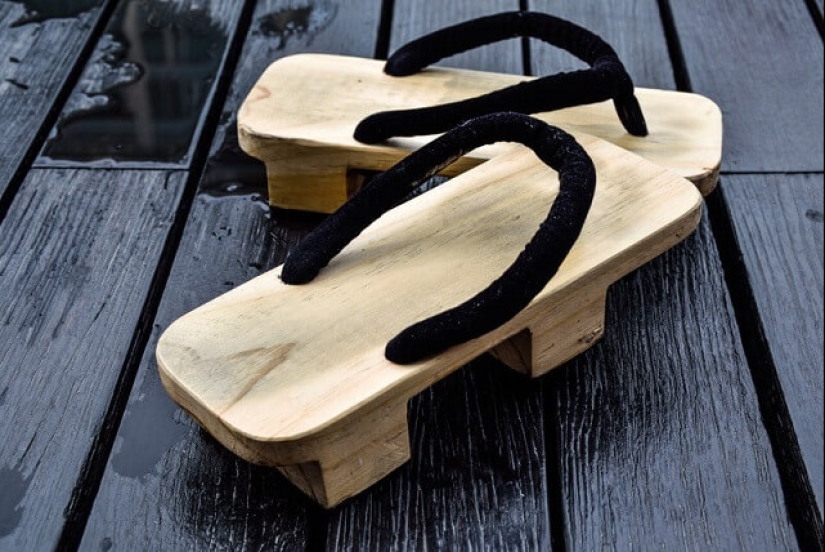
They also got out of the situation in Japan. Get's wooden sandals had a high solid sole or two transverse straps. This shoe was kept on the foot due to the jumper between the toes. To move around in geta, a certain skill was needed. But thanks to them, Japanese women acquired a light gliding gait, which so amazed Europeans.
In the 15th century, shoes on a high platform — chopins, were worn by Venetian women. No, there was no mud on the water in the city. In this way, the aristocrats wanted to show their superiority and rise above the crowd. Commoners who spent the whole day on their feet, such shoes definitely did not fit.
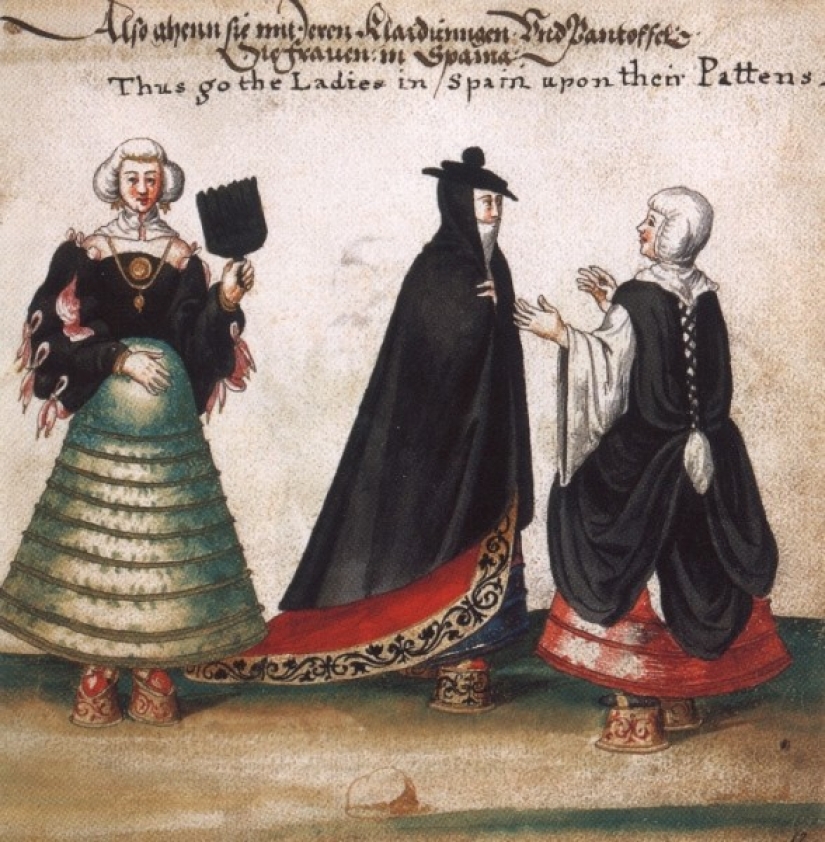
The height of chopins sometimes reached 60 cm and ladies could not move in them on the paving stones without the support of a spouse or servant. There were also frequent cases of falling with injuries. But for the sake of demonstrating their exclusivity, noble women tolerated this too. Does that remind you of anything?
The fashion for high shoes was instilled in the French court by Queen Catherine de' Medici, an Italian by birth. Her first appearance in heels took place during the wedding ceremony and it did not go unnoticed. They say that it wasn't about beauty at all, but that the queen was short. But the fashion for heels did not become widespread then. The French women did not understand her and the high shoes were quickly abandoned.
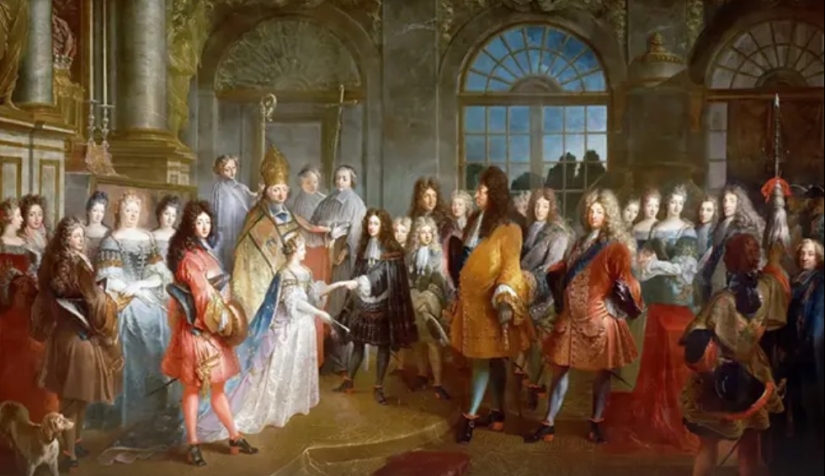
In the 17th century, everything oriental became popular in Europe. That is why the finest hour of high-heeled shoes has struck, however, men's. French aristocrats highly appreciated Persian boots and shoes. The Asian style was slightly changed, but riding in fashionable boots was still convenient. The sun King Louis XIV himself was delighted with these shoes and insisted that all courtiers wear them. This monarch was generally a great entertainer and eventually completely ruined France.
Wearing high-heeled shoes could only know. It was strictly forbidden for ordinary people. There were special rules for aristocrats as well. For example, only the king and those especially close to him could afford red heels. Louis himself determined who was worthy of such a badge of distinction, and who was doomed to walk with green or blue. A little later, looking at the court gentlemen, high-born ladies began to order shoes with heels.
Back at the court of King Louis in the 17th century, the rule was introduced that wide heels are for men, and thin ones for women. This trend continues to this day, although there are exceptions. At different times, the attitude to this part of the shoe was different. In the 1770s, it was considered vulgar and equated with the flashy cosmetics of street girls. Men's heels have also gone out of fashion — in France, their fate was decided by the revolution.
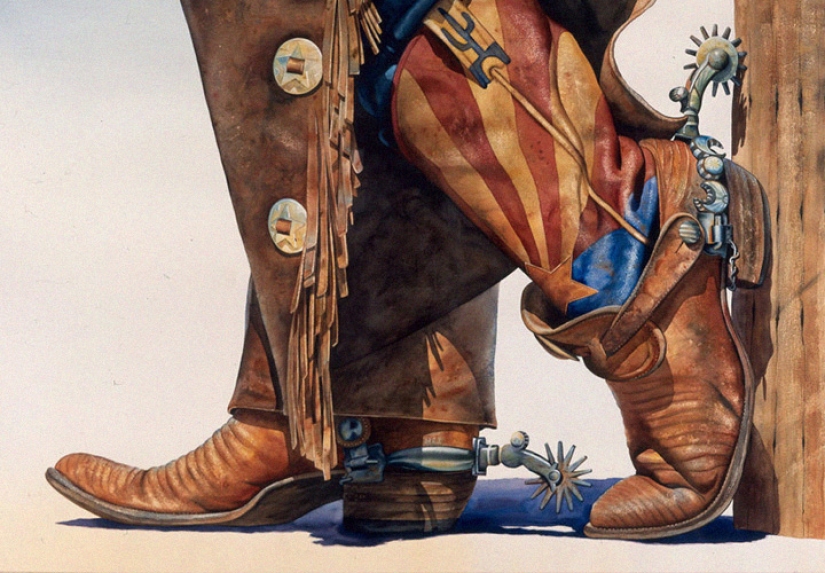
Since Paris has always been a trendsetter, interest in high shoes has declined throughout Europe. In the first half of the 19th century, American cowboys remembered Persian riding boots. Their shoes have become classic and have retained their features to our time. Who doesn't know cowboy boots now!
Over time, shoes with heels began to be worn mainly by women. But in creative circles, they also did not want to part with a stylish and functional element. Shoes with heels were part of the costume of flamenco dancers. Later they were chosen by jazzmen, rockers and others. The Beatles group has done a lot to popularize heels. The generation that grew up in the 60s and 70s remembers these trendy and crazy styles well.
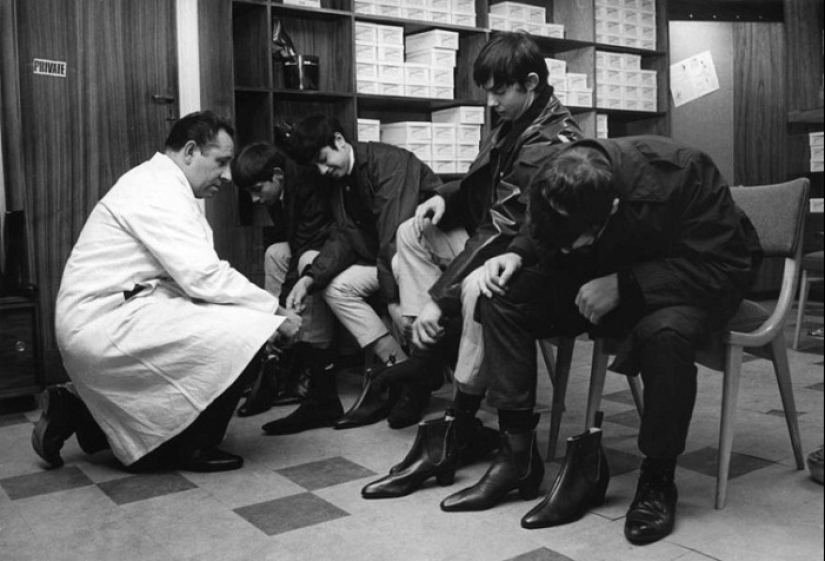
Among women of the century, heels, platforms and stilettos became popular with the invention of machines for sewing shoes. This happened at the end of the 19th century. With the beginning of mass production, even poor ladies could afford to be fashionable. During the First World War and after it, there was a decline in interest in stylish things, but then everything returned to normal.
After the Second World War, a real "heel boom" began, which continues with small lulls even now. Although in recent years there has been a shift of interests towards practicality, hairpins and platforms are far from completely surrendering positions.
Recent articles

More than 1,500 amateur photographers sent their wonderful pictures of large and small animals to the competition, and the jury ...

It just so happened that the kings of France were not in good standing with the people. The monarchs had a reputation as ...

Today, vitiligo is a common occurrence. Of course, people with this disease stand out externally, but they are only given special ...